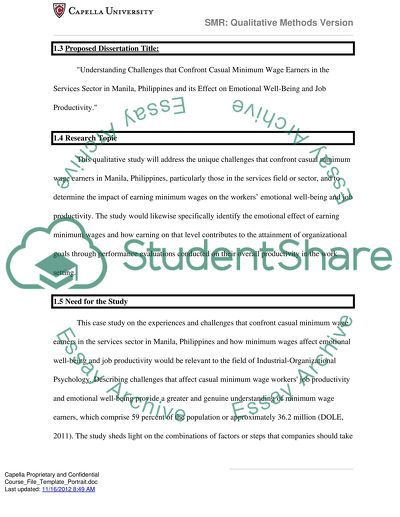Cite this document
(“The Experience of Employed Filipinos Earning 10,000 PHP (USD 250) per Essay”, n.d.)
Retrieved from https://studentshare.org/psychology/1403481-the-experience-of-employed-filipinos-earning
Retrieved from https://studentshare.org/psychology/1403481-the-experience-of-employed-filipinos-earning
(The Experience of Employed Filipinos Earning 10,000 PHP (USD 250) Per Essay)
https://studentshare.org/psychology/1403481-the-experience-of-employed-filipinos-earning.
https://studentshare.org/psychology/1403481-the-experience-of-employed-filipinos-earning.
“The Experience of Employed Filipinos Earning 10,000 PHP (USD 250) Per Essay”, n.d. https://studentshare.org/psychology/1403481-the-experience-of-employed-filipinos-earning.


